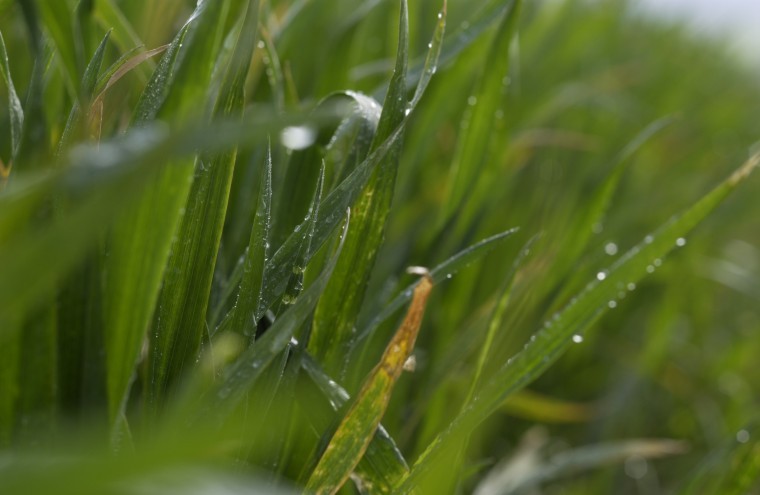Conducted among more than 100 cereal growers by Syngenta, results revealed that ‘using a preventative approach to keep wheat clean’ was the number one cereal disease control lesson from last season.
This was named by 78% of respondents, with 74% also saying ‘don’t let disease get established’.
To achieve this, the use of strongly preventative disease control at the T1 timing, which is typically around mid to late April, was highly regarded.
Of those using this approach in 2016, a massive 93% said it was the right thing to have done.
Additionally, more than eight out of ten respondents (81%) said they are planning to use this approach this year.
“T1 has always been a key timing in winter wheat,” says Syngenta field technical manager, Iain Hamilton, “because it starts the process of protecting the top three yield-building leaves.
“However, with increased difficulty curing Septoria tritici if it gets established, due to triazole fungicide sensitivity shifts, plus big concerns about yellow rust, T1 has taken on added importance.
“Although leaf three, which is the spray target for T1, contributes only 8% to yield – compared with 23% for leaf two and 43% for the flag leaf – its strategic importance goes beyond that.
“By achieving long-lasting prevention of disease on leaf three, a good T1 fungicide creates a line of defence to slow down the spread of Septoria onto these higher leaf layers. So it is encouraging to see from the survey that the industry is taking T1 so seriously.”
Coinciding with the increased importance of early Septoria and rust prevention, Mr Hamilton says recent years have also seen a shift to increased inclusion of new-generation SDHI fungicides at T1.
“Historically, many growers would have relied on azole fungicides + Bravo at T1. But we have had to move beyond that. Applying the SDHI isopyrazam in mix with epoxiconazole, as in Keystone, has found an obvious fit at T1, with trials showing it delivers added persistence.
“By using a three-pronged strategy of SDHI + azole + multi-site fungicide at T1, it gives more of the preventative activity that’s needed.”
In line with this, Mr Hamilton says nearly 7 out of 10 of respondents (68%) in the survey felt it had become more important to use a strongly preventative approach to T1 disease control in winter wheat now than it was five years ago.
Also, more than 6 out of 10 (61%) included the ‘use of a robust T1 fungicide in winter wheat’ as another one of last year’s main cereal disease control lessons.
“Even though last harvest was not the best yield-wise, nearly a third of respondents who used a strongly preventative T1 also said it was the right thing to have done because they achieved good yields.
“With difficulties curing Septoria tritici and yellow rust, but so much yield coming from leaf two and the flag leaf, it has become crucial to avoid getting into a curative situation at the T2 timing.
“If we end up having a season where T2 sprays are delayed, then long-lasting disease prevention from T1 becomes all the more important.”
Among the factors to consider with a T1 fungicide, besides good Septoria and rust control, says Mr Hamilton, are good persistence, a high SDHI loading, plus good compatibility with Bravo.




